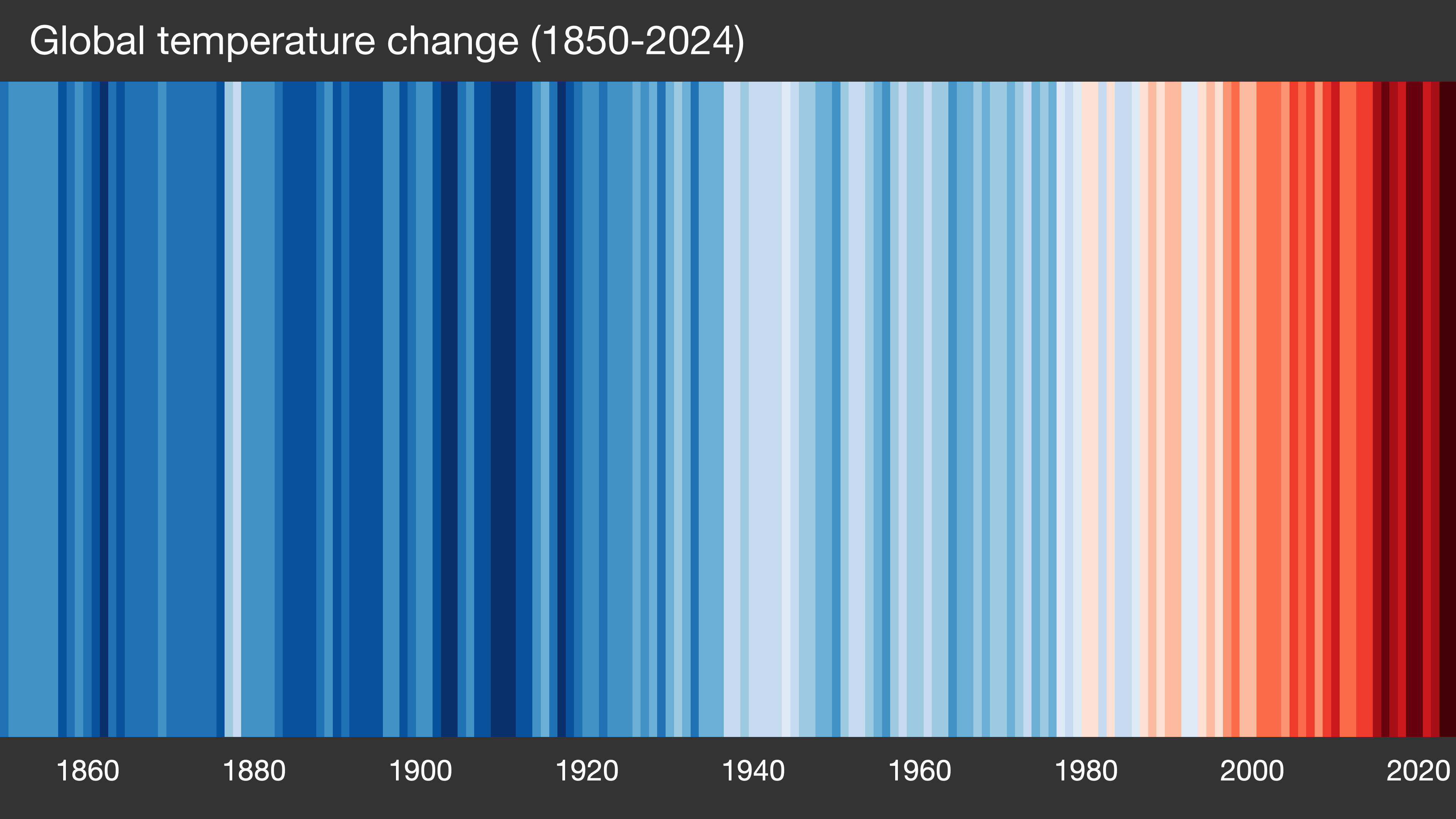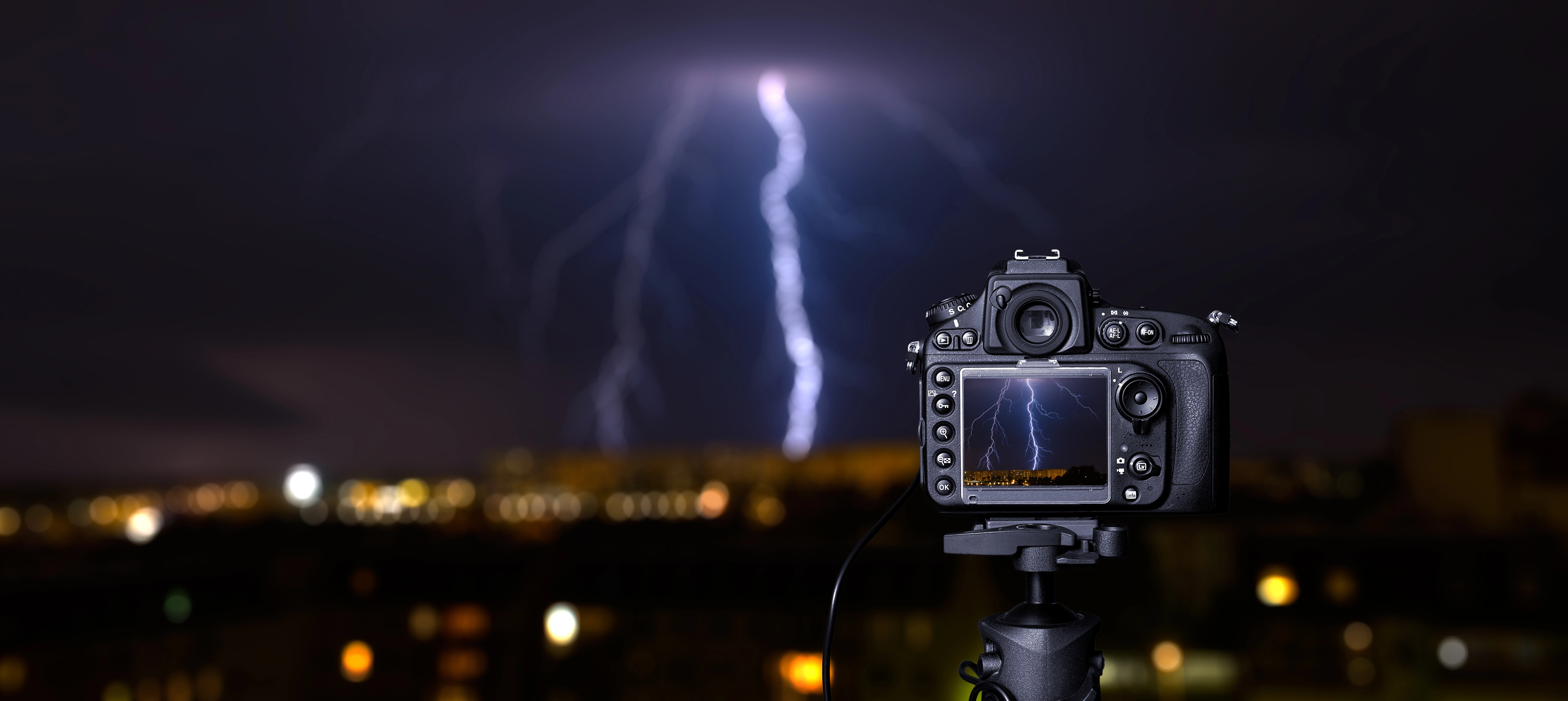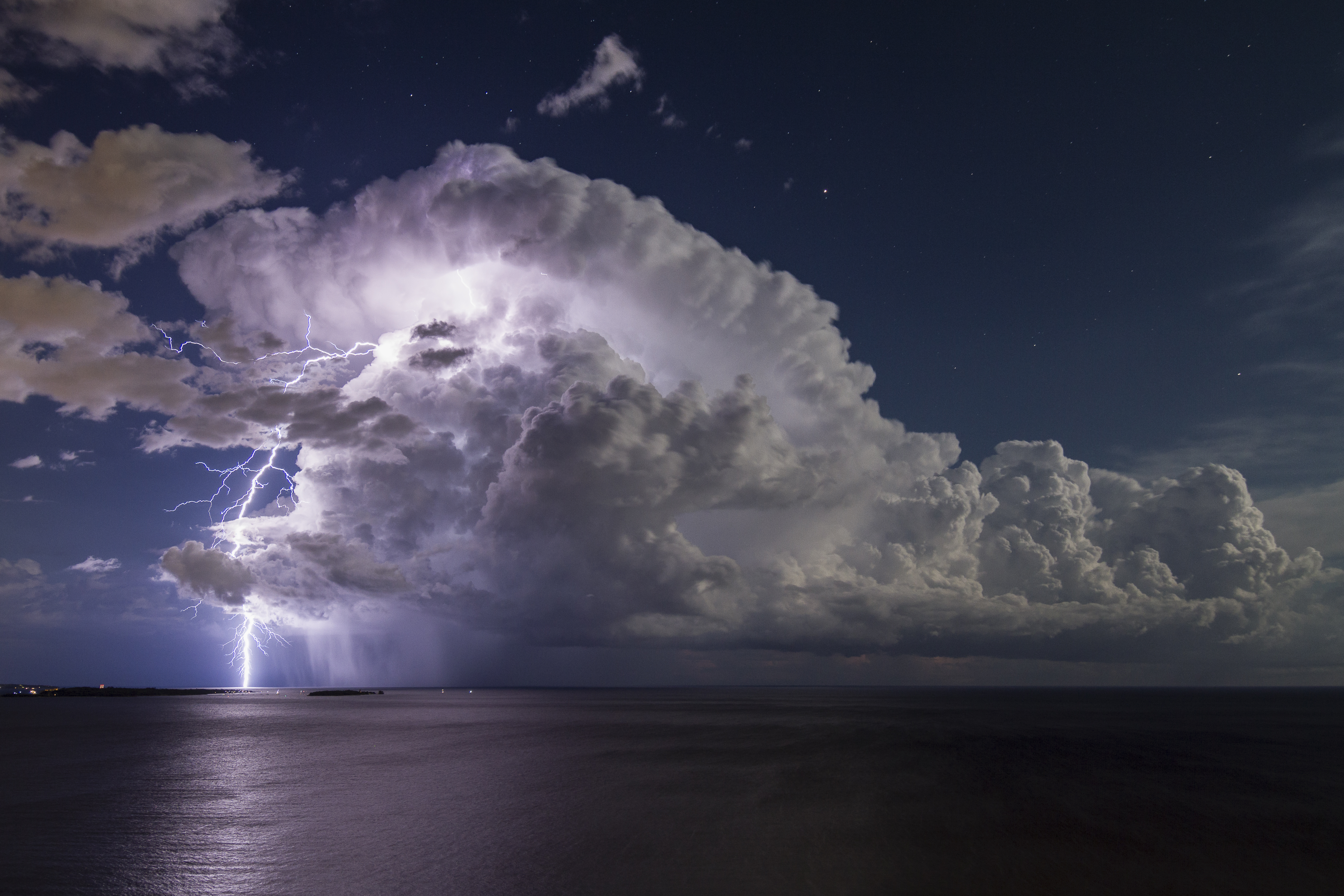

How does climate change affect thunderstorms?
by Kirsty McCabe, FRMetS
A thunderstorm is a storm produced by a cumulonimbus cloud, accompanied by lightning and thunder and usually producing gusty winds, heavy rain, sometimes hail and, under extreme conditions, tornadoes.
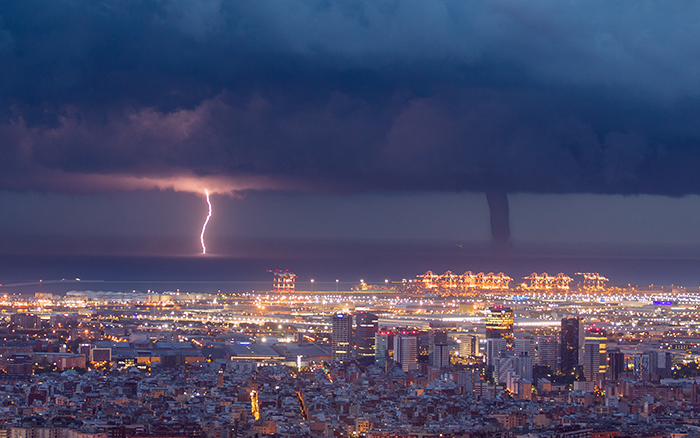
Approximately 2000 thunderstorms are occurring at any given time around the world, with 100 lightning strikes every second and 8 million lightning strikes a day.
The basic ingredients for a thunderstorm are fairly simple: moisture, rapidly rising unstable air (air that will keep rising if given a nudge) and something to provide that nudge. This lift can come from weather fronts, sea breezes or mountains. You can even get lift from the cool outflow of a thunderstorm, known as a gust front. This in turn causes the development of a new thunderstorm.
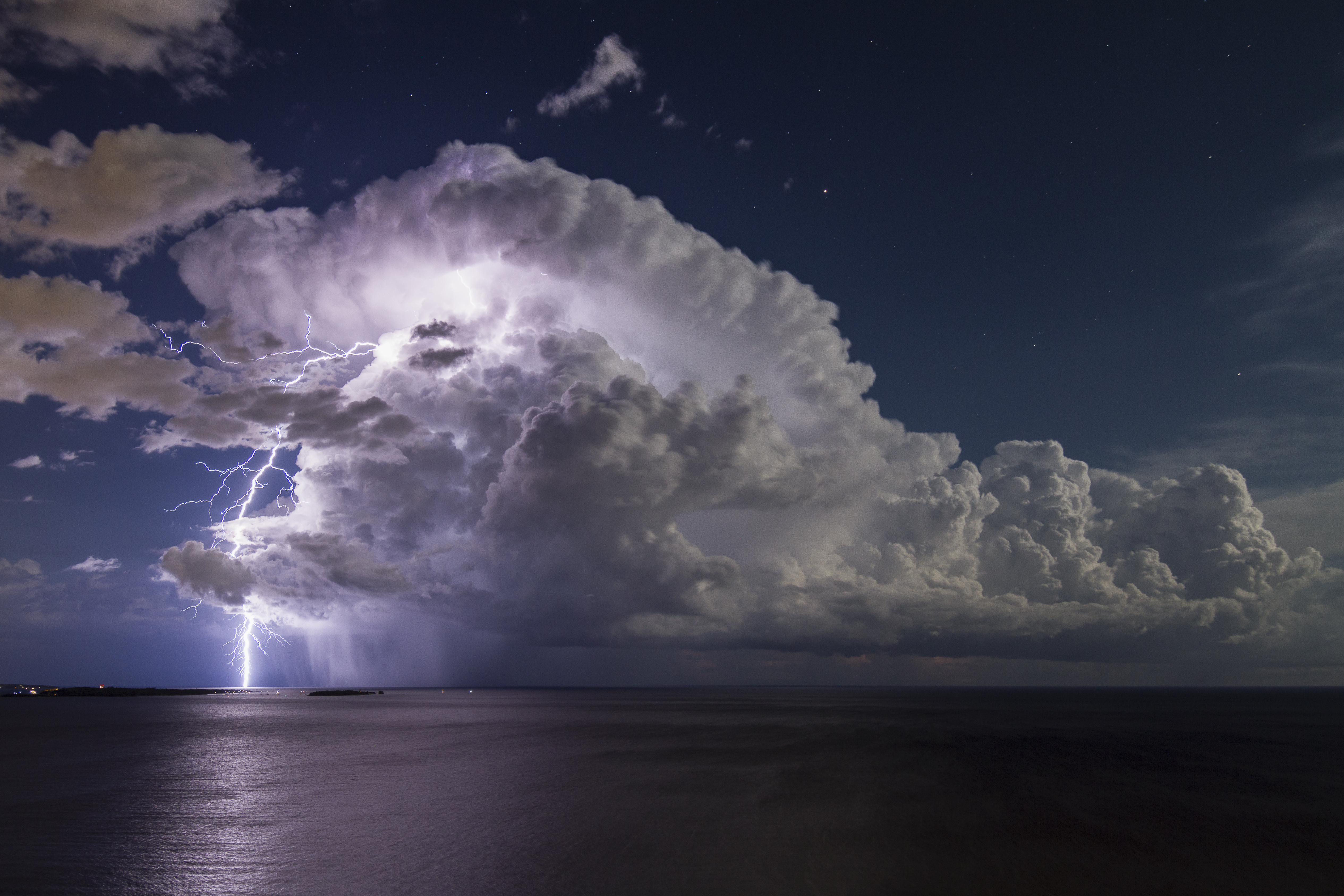
Because moisture and warmth are crucial to thunderstorms, they occur more often in the spring and summer, particularly in humid areas. They are most likely to happen during the afternoon and evening hours. During winter, you may experience thundersnow, an unusual thunderstorm that occurs when snow (or graupel or hail) falls instead of rain.
How will climate change affect thunderstorms?
Rising global temperatures due to climate change means warmer air, which allows it to hold more moisture, roughly 7% more moisture per 1°C of warming. This boosts the chance of thunderstorms, leading to more violent storms and more lightning strikes. And the intense downpours will lead to localised flash flooding.
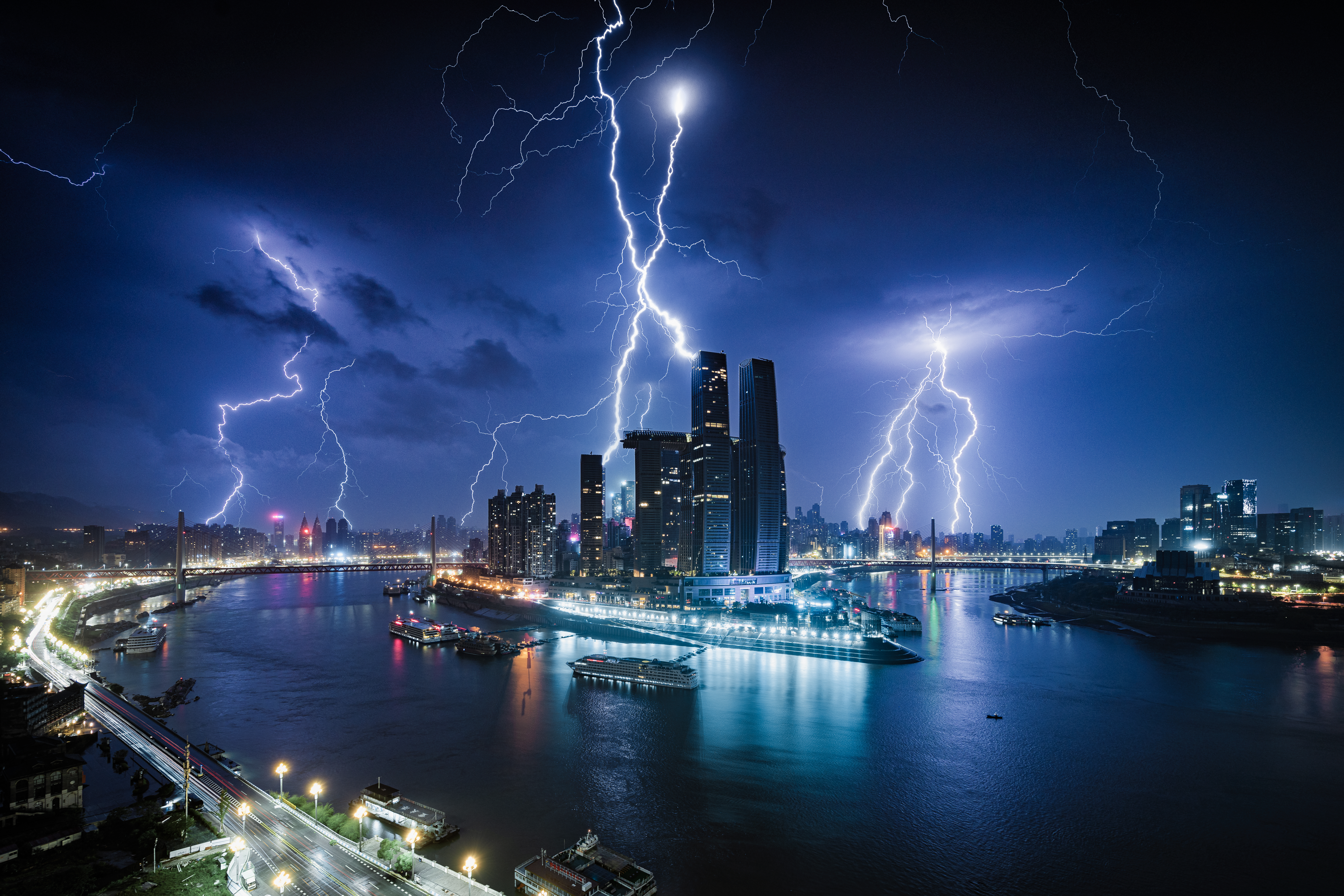
As reported in the journal Science We could expect to see a 12% increase in lightning activity for every 1°C of warming, meaning countries like the USA could see a 50% increase in the number of strikes by the end of the century.
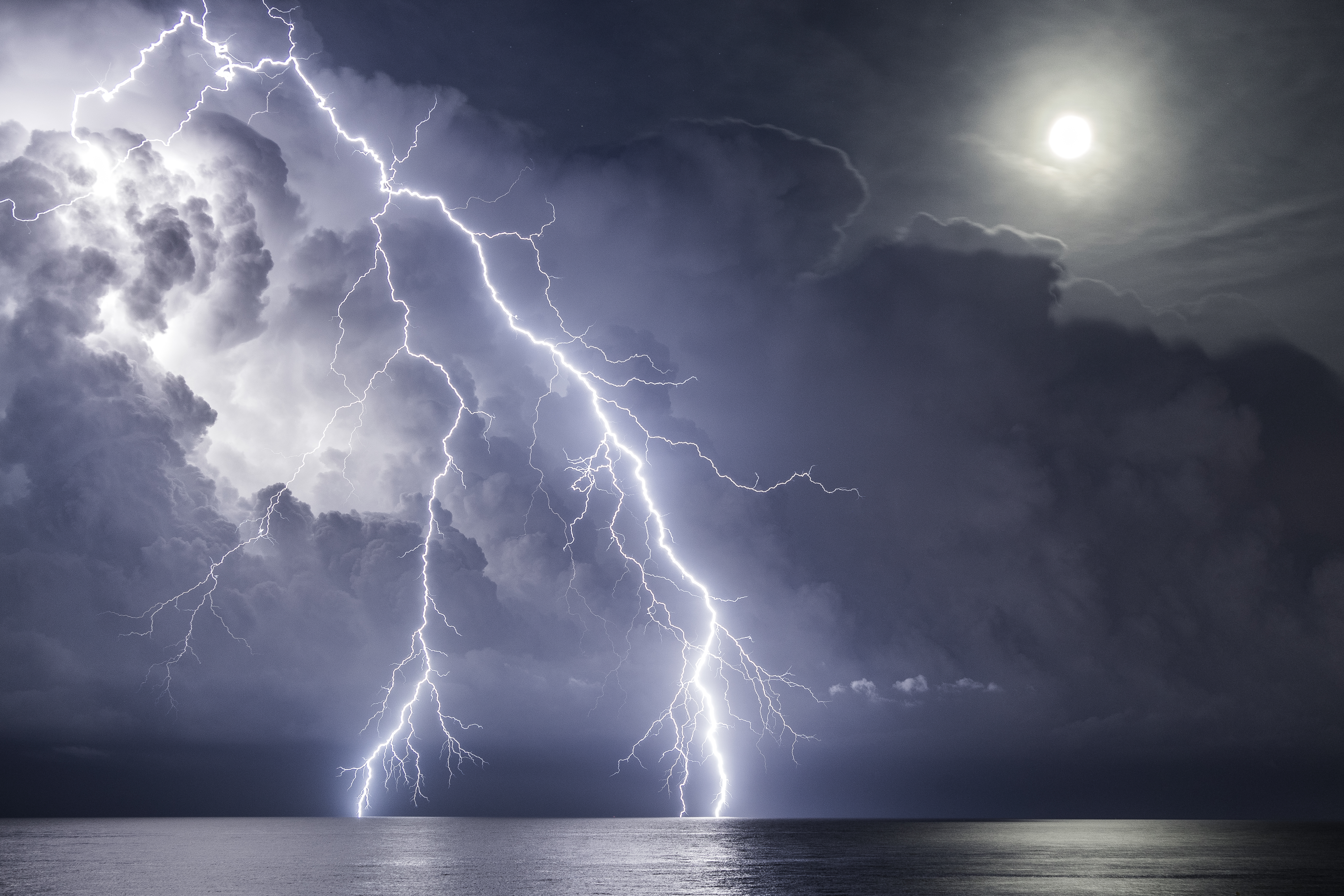
But as is often the case, the impact of climate change on thunderstorms will be more complex, altering seasonal norms and potentially leading to fewer storms for some places that currently rely on the storm’s rainfall for agriculture.
Standard Chartered Weather Photographer of the Year shortlist
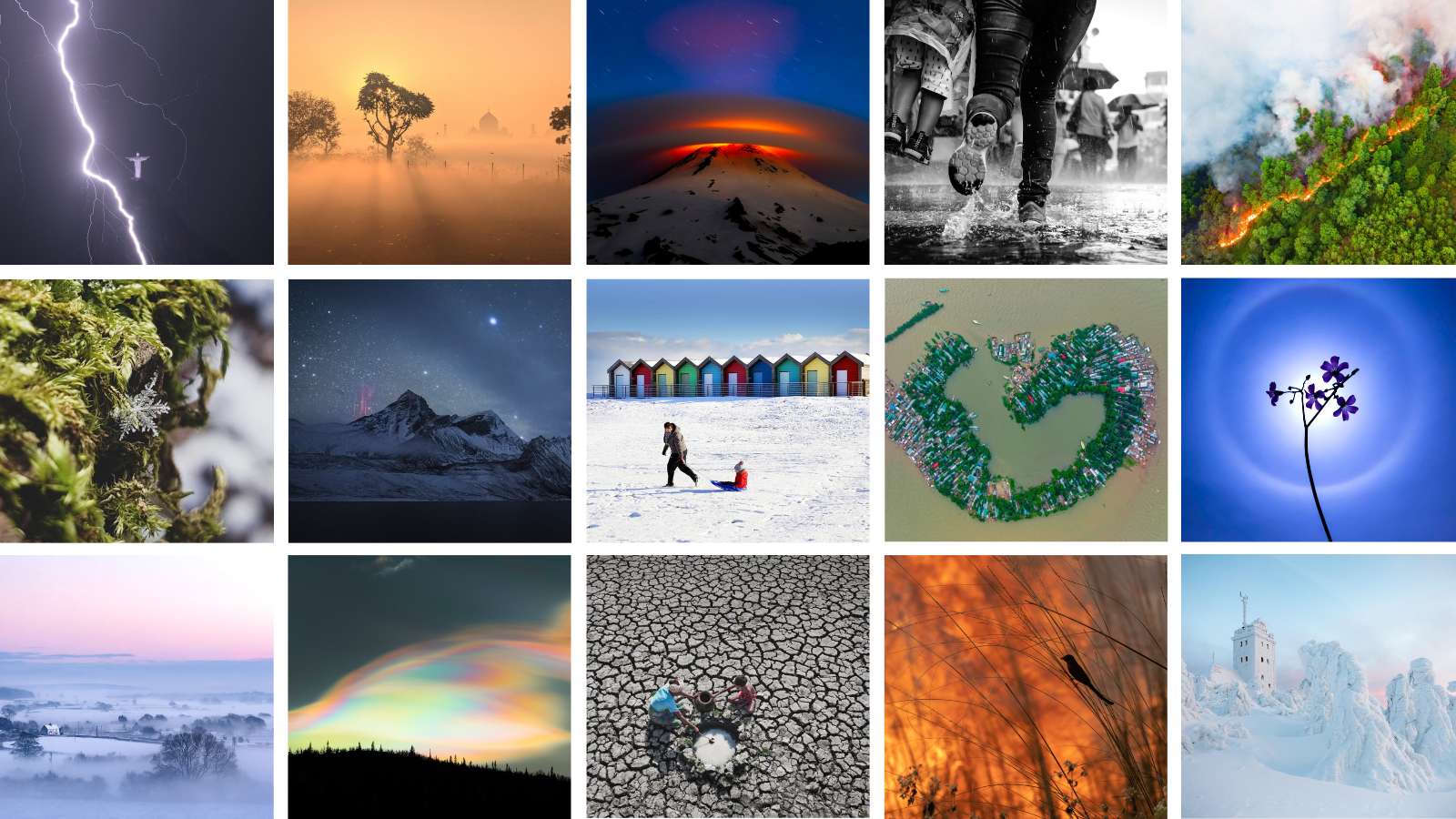
The public vote for the 2023 Standard Chartered Weather Photographer of the Year competition is now open! Now in its eighth year, the competition is a window to the vastly different climates experienced across the world and provides an international platform to highlight global weather events.
The 2023 competition showcases some of the world’s most striking weather phenomena, alongside images that narrate compelling stories about the impacts of climate change. Highlights include rare red sprite lightning, dramatic tornadoes and cloud formations, ice-covered landscapes, flood-filled streets, dry riverbeds and deadly forest fires. The shortlisted images, from photographers across 94 countries, emphasise the beauty and fragility of our weather and the urgency to limit further global warming while adapting to the changes we are already experiencing.
The Society now invites you to vote for your favourite photograph from a shortlist of the competition's finest entries. The winners of the 2023 Standard Chartered Weather Photographer of the Year competition will be announced on Thursday 5 October, after the public vote closes on 24 September.

